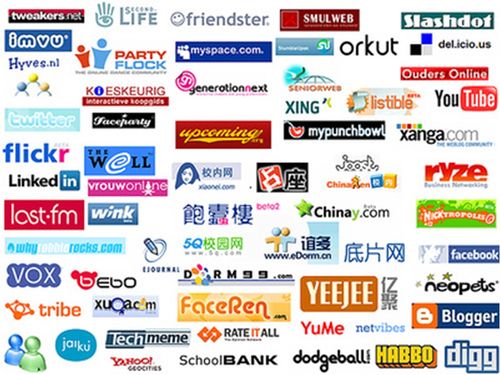Web 2.0 Typology
Mejias (2005) observed that social software can positively impact pedagogy by inculcating a desire to reconnect to the world as whole, not just the social part that exists online. He classified the tools according to the following categories.
Mejias' Classification of Web 2.0 tools
| S.No. | Social Software Category | Examples |
|---|---|---|
| 1 | Multi-player online gaming environments / virtual worlds | Multi-User Dungeons (MUDs); Massively-Multiplayer Online Games (MMOGs) such as Second Life, Active Worlds, World of Warcraft, Everquest |
| 2 | Discourse facilitation systems | Synchronous: Instant messaging (IM, e.g. Windows Live Messenger, AOL Instant Messenger, Yahoo Instant Messenger, Google Chat, ICQ, Skype); chat Asynchronous: Email; bulletin boards; discussion boards; moderated commenting systems (e.g. K5, Slashdot, Plastic) |
| 3 | Content management systems | Blogs; wikis; document management systems (e.g. Plone); web annotation systems |
| 4 | Content management systems | Blogs; wikis; document management systems (e.g. Plone); web annotation systems |
| 5 | Product development systems | Sourceforge; Savane; LibreSource |
| 6 | Peer-to-peer file sharing system | BitTorrent; Gnutella; Napster; Limewire; Kazaa; Morpheus; eMule; iMesh |
| 7 | Selling/purchasing management systems | eBay |
| 8 | Learning management systems | Blackboard/WebCT; ANGEL; Moodle; LRN; Sakai; ATutor; Claroline; Dokeos |
| 9 | Relationship management systems | MySpace; Friendster; Facebook; Faceparty; Orkut; eHarmony; Bebo |
| 10 | Syndication systems | List-servs; RSS aggregators |
| 11 | List-servs; RSS aggregators | Social bookmarking: del.icio.us; Digg; Furl Social cataloguing (books): LibraryThing; neighborrow; Shelfari |
Popular Web 2.0 tools among youngster
There are hundreds of Web 2.0 tools available now. But, only a few are very popular and widely used by students and youngsters. The following diagram shows some popular Web 2.0 tools used by people, particularly youngsters.
Activity One:Look at the diagram given in this section and identify the tools which are known to you. Through Google Search visit the sites of these tools and find out the services provided by them and their usefulness. Activity Two: Take a lesson plan of your choice. Find out how can you utilize the tools given according to Mejias' Taxanomy at suitable places in the lesson plan. If possible, try to conduct a model class by incorporating these tools.
|
